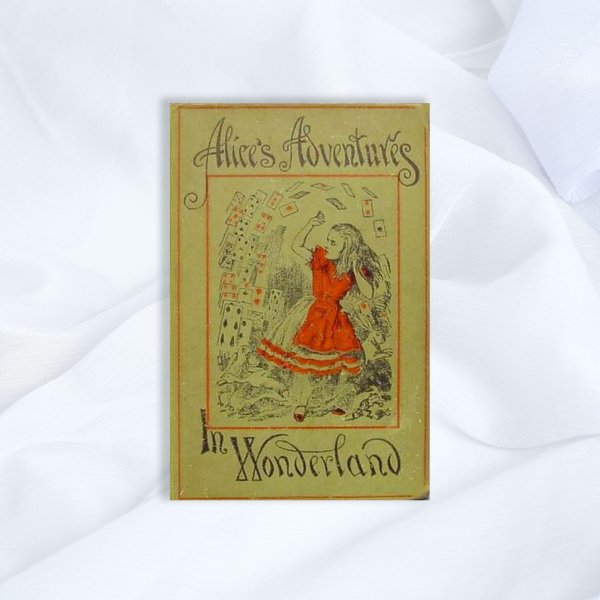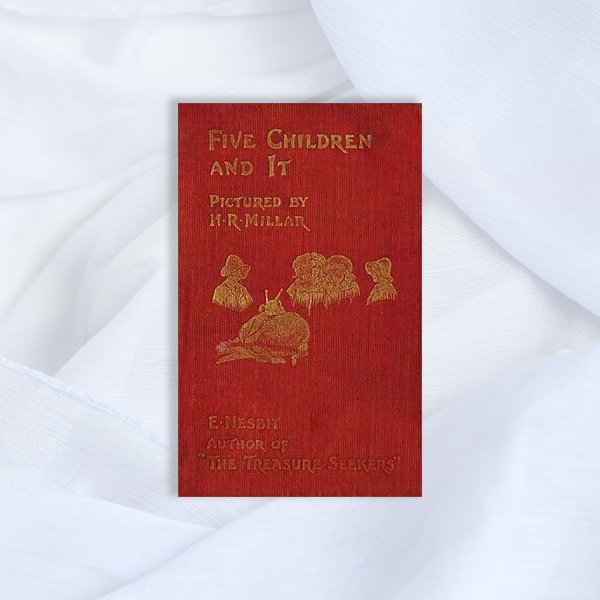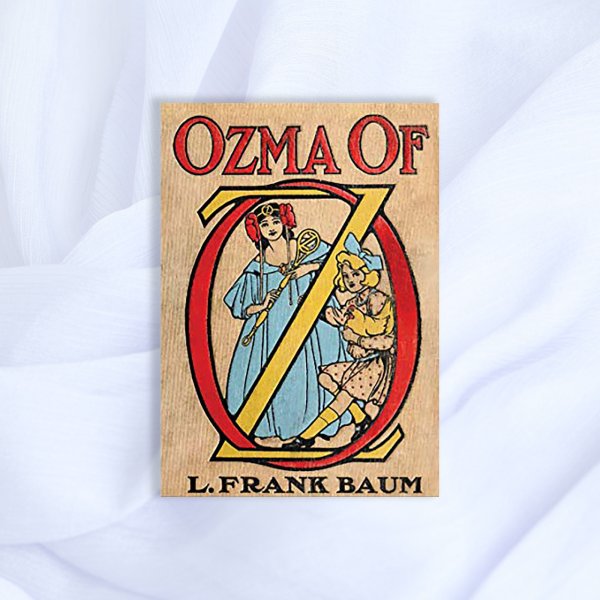One of the earliest printed works of the fantasy genre can be found in the 15th century’s Le Morte d’Arthur, French for “the death of Arthur.” The book, published in 1485 by Sir Thomas Malory (whose authorship remains disputed), is a collection of stories, myths and folklore surrounding the exploits of King Arthur, who supposedly defended Britain from Saxon invaders in the 5th or 6th century C.E. These stories, which are retellings, reimaginings or consolidations of oral tradition and disparate epic poems, contain classic tales including Arthur receiving Excalibur from the Lady of the Lake and the Knights of the Round Table’s search for the Holy Grail. Through it all, the supernatural that lies hidden in the known world, the magic of Merlin and the threat of French giants ground the work in fantasy. Unfortunately, the misogyny and bigotry of the era is on display throughout; it dehumanizes Muslim characters, and when women aren’t marginalized, they’re often presented as antagonists. Le Morte d’Arthur is important to the genre for its longevity, and has gone on to inspire all manner of artists, from Monty Python to Stephen King. This book, with its disputed authorship and patchwork of long-told stories, also stands as a testament to how the fantasy genre has always evolved. This 500-year-old text mixed and matched its parts from the work of many, all while creating new perspectives and using fantastical themes to explain human existence, in the same way that the genre continues today. —Peter Allen Clark
Buy Now: Le Morte d’Arthur on Bookshop | Amazon
- Cybersecurity Experts Are Sounding the Alarm on DOGE
- Meet the 2025 Women of the Year
- The Harsh Truth About Disability Inclusion
- Why Do More Young Adults Have Cancer?
- Colman Domingo Leads With Radical Love
- How to Get Better at Doing Things Alone
- Michelle Zauner Stares Down the Darkness






